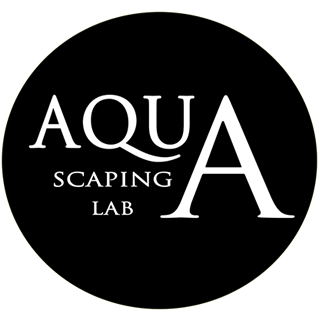14 Jul SYNODONTIS PETRICOLA – Pygmy Leopard Catfish- facts info
 Name and family:
Name and family:
The Dwarf Synodontis Petricola named olso cuckoo catfish and pygmy leopard catfish, is a variety of catfish, derive from the Mochokidae family. In Nature live it in Africa, Tanzania, Malawi, Sahara and Reef Valley. It is a very well known catfish for domestic aquariums because it does not grow very much and will remain as good dimension not like other catfishes.
Feature and behavior:
It is of brown color with black spottings, black fins beared with white, white mustache and black bifurcated caudal fin. The peculiarity is in the mouth that, positioned at the bottom, is not sucker like, for example, Ancistrus. It has fine and smooth skin epithelial tissue, dont have any scales. Despite its small size it is very intelligent and we can understand it from its behaviors. Many people love it for its swim very similar to the sharks. Its behavior is very peaceful despite its somewhat “bad” appearance and is very suitable for community aquariums. Its tendency is to hunt down at night and often the day will never be seen because it will find its own hidden dungeon.
Fishes’s coexistance:
Synodontis Petricula is good for community aquariums and during the day you do not even notice it. It is therefore a good companion in the most heterogeneous home aquariums.
Sexual dimorphism and breeding:
Feeding and maintenance:
It is always considered that so-called “cleaning fish” can live without food because they are supported with debris and stools, but is not correct. In nature it is omnivorous and it is possible to administer scales, granules and bottom tablet but also live bait as salt and larva artemia. Remember that if you have very small fry in the tank it might be your prey.
Price:
10/15 euros.



 English
English Italiano
Italiano